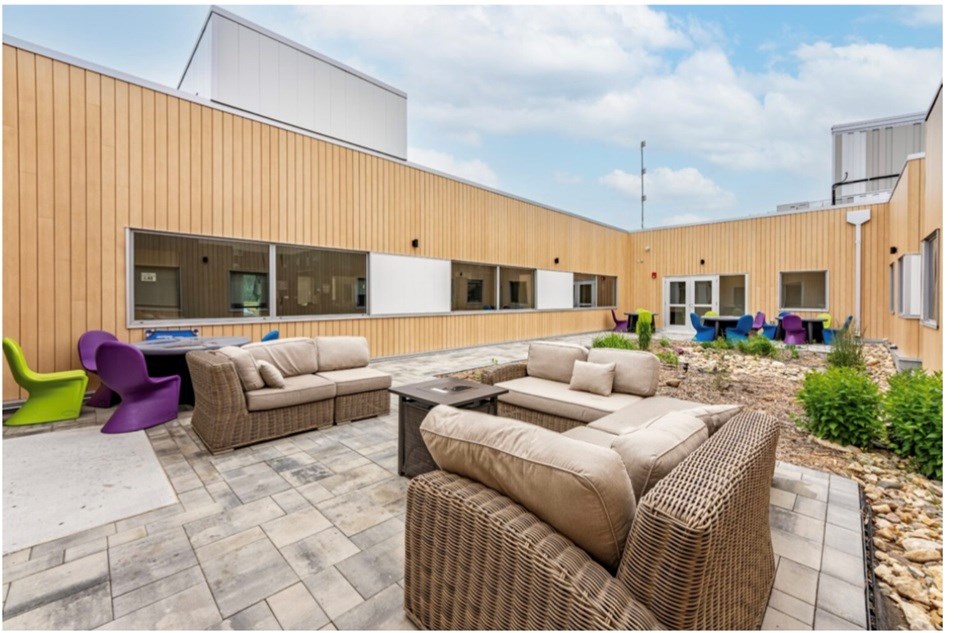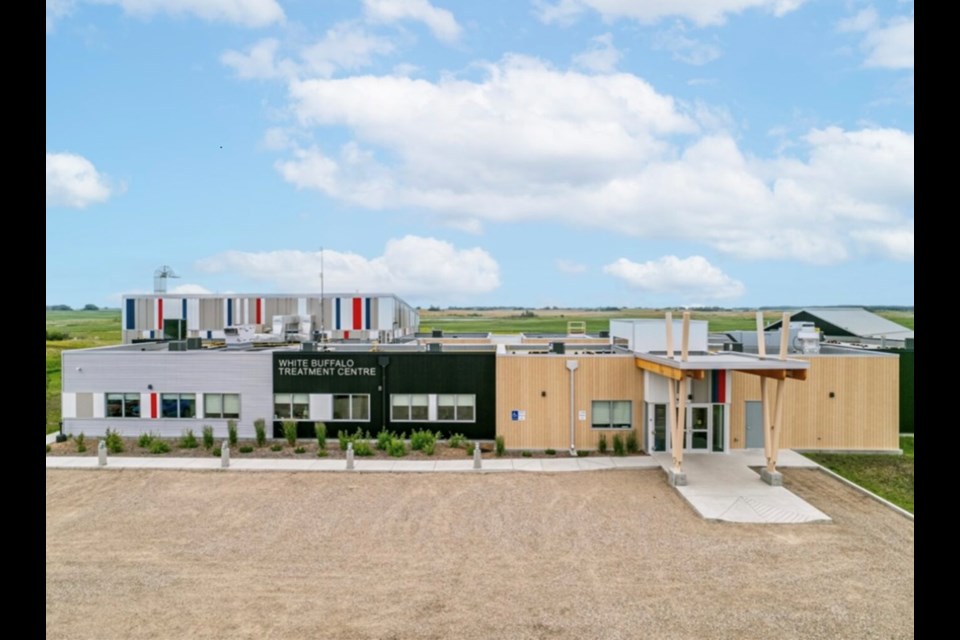MUSKODAY FIRST NATION — The White Buffalo Treatment Centre (WBTC) officially held its grand opening on Aug. 15 on Muskoday First Nation.
The centre is designed to serve Indigenous female youth aged 12 to 17 who are struggling with substance use involving drugs, alcohol or inhalants. Originally established in 1996, WBTC programs are based on a culturally-grounded and holistic model that integrates spiritual, emotional, physical and mental health supports into clients’ daily lives. The centre is governed by 10 tribal councils across Saskatchewan.
Randy Hoback, MP for Prince Albert, wrote on social media, “I very much enjoyed attending the grand opening of the WBTC Transition Home at Muskoday First Nation on Friday. A big thank you to the WBTC executive for the invitation.”
WBTC is one of nine treatment facilities across Canada funded under the National Youth Solvent Abuse Program (NYSAP), which provides residential and outreach services for youth facing substance use challenges.
The new 16,600-square-foot facility, valued at $4.9 million, was designed by AODBT Architecture + Interior Design.

Residents have private bedrooms and living areas, along with access to shared spaces including a common room and medicine room. The centre offers counselling services, cultural activities, traditional teachings, ceremonies and holistic strength-based programming. Staff provide 24-hour support and guidance.
Young people may remain at the home until they complete a post-secondary program, turn 24 or become self-sufficient and establish stable living arrangements elsewhere.
According to Indigenous Services Canada, solvent and inhalant abuse remains a significant concern in some Indigenous communities, and culturally-based programs such as WBTC have been shown to improve long-term recovery outcomes.
To learn more, see the White Buffalo Treatment Centre’s website.




